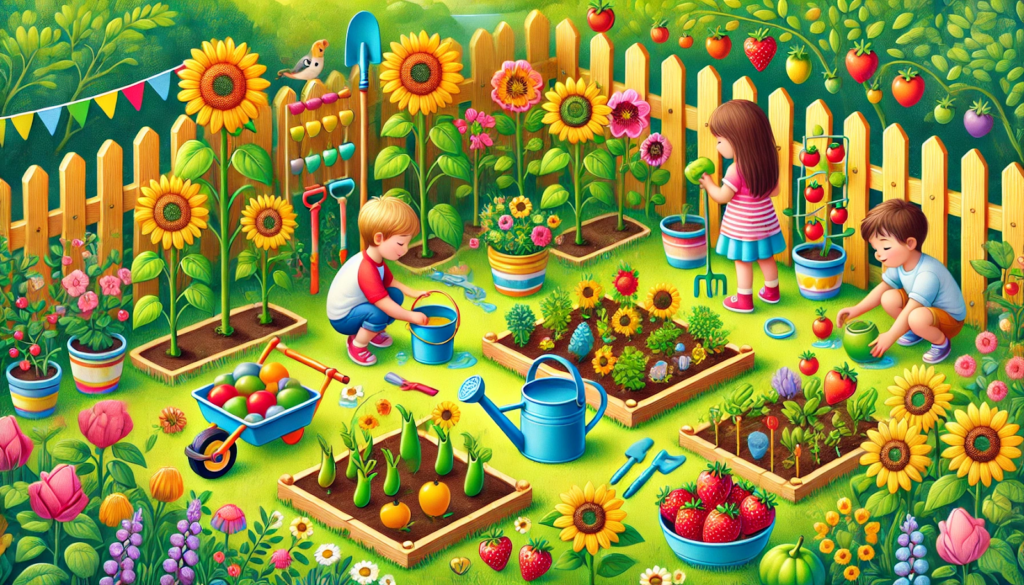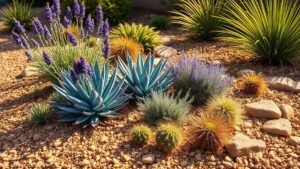Teaching children about gardening is one of the best ways to connect them with nature, encourage responsibility, and spark curiosity. Whether you have a backyard, a balcony garden, or just a few pots on a windowsill, gardening offers fun and engaging lessons that last a lifetime.
In this article, you’ll find easy, creative, and age-appropriate ways to introduce kids to the world of plants, soil, insects, and the rhythms of nature.
1. Start with Simple Gardening Concepts
Before diving into planting, help kids understand the basics.
Teach Them:
- What plants need: sunlight, soil, water, and air
- The parts of a plant: root, stem, leaf, flower, fruit
- The plant life cycle: seed → sprout → mature plant → flower/fruit → seed again
Use books, songs, or simple drawings to make concepts visual and memorable.
2. Let Kids Be Hands-On from the Start
Children learn best by doing, not watching. Let them get their hands dirty!
Easy Activities:
- Scoop soil into pots
- Sprinkle seeds and cover with dirt
- Water plants using a small watering can
- Touch leaves, smell herbs, and observe bugs
Their natural curiosity will take over with just a little encouragement.
3. Plant Fast-Growing Crops to Keep Interest High
Kids love to see quick results. Choose plants that sprout and grow fast.
Kid-Friendly Options:
- Sunflowers
- Radishes
- Lettuce
- Snap peas
- Beans
- Cherry tomatoes
- Strawberries
Mark a calendar and count the days to germination together.
4. Make Nature Observation a Daily Habit
Gardening teaches kids to observe the world around them.
Fun Observation Tasks:
- Track plant height in a journal
- Look for butterflies or bees visiting flowers
- Note the color and shape of leaves
- Compare how wet or dry the soil feels
Encourage them to ask questions—and let them explore the answers with you.
5. Incorporate Crafts and Creativity
Blending art with gardening keeps kids excited and adds personal touches to the space.
Craft Ideas:
- Paint pots or rocks as plant labels
- Make a bird feeder from a recycled bottle
- Create garden signs or fairy garden scenes
- Build bug hotels from sticks and pinecones
This helps kids feel more connected and proud of their garden.
6. Teach Respect for Insects and Wildlife
A garden is a living ecosystem—and kids should understand their role in it.
What to Discuss:
- The importance of bees and butterflies as pollinators
- How ladybugs and spiders help control pests
- Why worms and compost help soil stay healthy
- The difference between helpful and harmful insects
Use magnifying glasses or bug viewers for a closer look.
7. Use Stories and Books to Reinforce Learning
There are many children’s books that make gardening concepts fun and accessible.
Great Titles to Try:
- “The Tiny Seed” by Eric Carle
- “Up in the Garden and Down in the Dirt” by Kate Messner
- “Planting a Rainbow” by Lois Ehlert
- “Compost Stew” by Mary McKenna Siddals
Read aloud before gardening time or at bedtime to reinforce what they learn outdoors.
8. Explore Composting Together
Composting is a fantastic way to teach kids about decomposition and recycling.
Simple Compost Activities:
- Add fruit and veggie scraps to a compost bin
- Watch worms break down materials in a worm farm
- Turn the compost and feel the heat from decomposition
Explain how waste becomes soil again—and how that soil feeds plants.
9. Celebrate Small Wins and Progress
Recognize every little success to build your child’s confidence.
Celebrate:
- First seed sprouting
- First flower blooming
- First vegetable harvested
- A week of consistent watering
Positive feedback turns gardening into a lifelong interest, not a chore.
10. Connect Gardening with Bigger Nature Lessons
Use gardening to explore broader environmental ideas.
Big Concepts:
- The seasons and how they affect plants
- Water conservation and why it matters
- Weather and climate patterns
- The importance of biodiversity
Make the garden a launchpad for conversations about caring for the Earth.
Conclusion: Growing More Than Plants
Gardening with kids is about so much more than planting—it’s about nurturing curiosity, wonder, and responsibility. Through soil, seeds, and sunshine, children learn where food comes from, how ecosystems work, and how they can be caretakers of nature.
Start small, stay curious, and let your child’s garden journey bloom.






